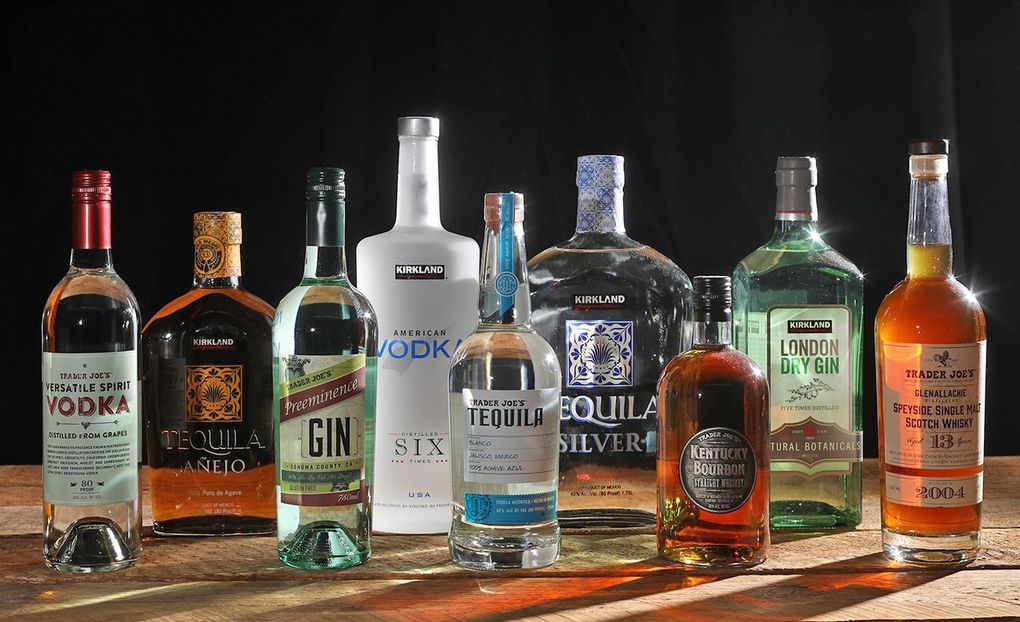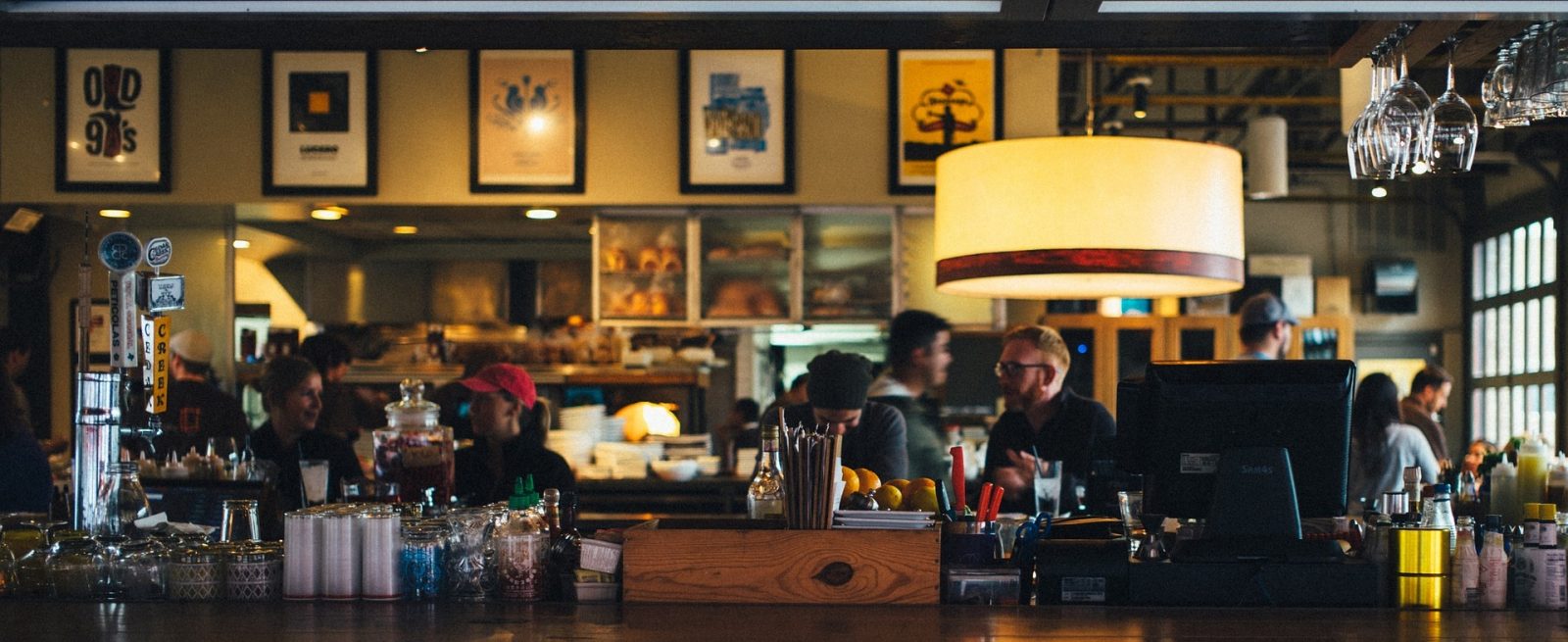 Holly Everett
Holly Everett
avocado, the industry has seen palates evolve year-to-year, as guests welcome emerging food trends to their plates. Diners have recently become more daring, seeking out culinary experiences that are guaranteed to leave a lasting impression.
A survey from Global Data revealed that Millennials are more likely to try novel flavors, with 79 percent stating that they “enjoy experimenting with products from different cultures or countries.” This willingness to try new foods has led restaurants to make a choice: adapt to adventurous diners or keep it classic?
Whether it’s staying active on social media, reading restaurant management blogs, or staying connected with other owners and chefs, trendwatching is a key to keeping customers interested. Restaurateurs that are in-tune with the trends around the industry are likely to attract customers that are on the hunt for the next best thing in the culinary world.
Upserve surveyed 2018 menu and sales data from nearly 9,000 restaurants to dig into what food trends drove the most orders, and which are being left behind.
The Hottest 2019 Restaurant Menu Trends
Many emerging food trends popped up across the country in 2018, but few made restaurant customers curious more than these unique eats. If these ingredients aren’t already on your menu, you might want to think about updating your current menu to keep your customers coming back.
1. CBD (Cannabidiol) — up 99%!
It was only a matter of time before cannabidiol—or CBD—made its way into the restaurant industry. The non-psychoactive derivative from the cannabis plant has helped consumers looking for relief from inflammation, pain, anxiety, insomnia, seizures, spasms, and other conditions without the negative side effects of some pharmaceutical drugs.
According to the National Restaurant Association’s (NRA) What’s Hot Culinary Survey, a barometer of U.S. food and beverage trends, 650 professional chefs—all members of the American Culinary Federation—said infusing food and drink with cannabis and CBD could create unique cuisine opportunities and potential new markets for experiential dining occasions. Of the survey’s respondents, 77 percent identified cannabis/CBD-infused drinks as the number one trend in the restaurant industry right now, and 76 percent tapped cannabis/CBD-infused food as the second most popular trend.
Data from Upserve customers revealed a 99 percent increase in CBD menu items in 2018, setting up 2019 as the year of CBD. From baked goods to CBD-infused beverages, restaurants across the country are responding to a consumer demand to chill out.
“There has been growing popularity and support around CBD, and if it makes people happier and less stressed, then why not give the public what they want?” says Nick Duckworth, owner of cafe Banter NYC. They currently only sell Dirty Lemon CBD, a packaged, CBD-infused drink, but will be expanding their CBD offerings in 2019, allowing customers “to add CBD drops to most beverages.”
At River and Woods in Boulder, CO, CBD has become a menu staple that’s used in everything from glasses of water to garnish for oysters. “It is mainly used in our beverage program for cocktails, mocktails, beer, and wine,” says Ian Mitchell, beverage manager at River and Woods. “We serve Kannaway Pure Gold, Full Spectrum CBD oil. While a single portion is $5 per 5mg, our wellness cocktail offers a discounted price of only $3 to add the small 5mg optional garnish to the ‘Be Well.’ With the benefits of ginger, turmeric, apple cider, and carrot, the addition of CBD further promotes anti-inflammatory and many other health-based properties.”

In Colorado, CBD is not only accepted—it’s everywhere. “For us, it’s a way to expand the experience of dining, and to do it in a way that the community could appreciate,” Mitchell says. “CBD was a great addition to our menu because of its medicinal benefits, the simplicity and elegance of it as a garnish, and its trendy nature. The oil is tasteless and colorless, but creates a great circular shape on cocktails.”
On any given night at River and Woods, up to 20 orders worth of CBD are sold throughout the restaurant. But it wasn’t the trendiness that made them make the decision to offer CBD to customers, says Mitchell, but the value for customers. “A customer had asked for an explanation of CBD, and then requested that she get some in her water glass. This great moment encapsulates everything we’re striving to do.”
Best Practices for Serving CBD
Before you consider adding CBD to your menu, it’s important to consider the implications of infusing your cocktails and lattes with the oil’s soothing benefits. The science behind combining CBD with alcohol is mixed, which is why some restaurants are erring on the side of caution when it comes to CBD dosing on their menus.
“On CBD, you’re very chill, very lighthearted, mellow. The alcohol will make that more intense,” James Giordano, professor of neurology and biochemistry at Georgetown University Medical Center, told Vice. “If you’re a happy drunk, then CBD could make you a happier drunk,” Giordano says. “If you’re an angry or violent drunk, the CBD may certainly disinhibit some of that.”
Due to the lack of research around dosing CBD, it is recommended that owners and managers start with small doses to be safe, or limit doses per customer.
“It’s important to understand that CBD is biphasic in its nature, so in small doses it’s gonna make you feel more alert and activated, and then in larger doses, it’s going to have more of a calming, sedating effect,” Emily Berg, an Herbal Program Manager with an encyclopedic knowledge of all things CBD, told Gothamist. “With that being said, a large dose may not be suitable for every application of CBD, and that’s why we kind of suggest microdosing. We also suggest that because your absorption rate depends on your metabolic rate.”
At River and Woods, there are no formal limits for customers ordering CBD cocktails or food.
“There are no rules governing limits on CBD infusions,” says Mitchell. “Because we use a product that contains 0% THC—and it is illegal to serve THC in any way under CO liquor license laws—there is no psychotropic concern any more than there would be if we were adding any herbal extract like aloe or ginger root. We also do 5mg doses, and safe daily doses are 35mg and up, so we haven’t run into any issues with anyone even approaching a level that might be questionable.”
2. Fermented Foods — up 149%
The wellness trend continues: a recent obsession with gut health has consumers turning to naturally preserved foods. This means that fermentation has swept the restaurant industry, with a staggering 149 percent increase on Upserve customer menus, making it the biggest trend in 2018.
One of the most popular items to take the food industry by storm? Kombucha. This fermented, sweetened, slightly effervescent, functional tea beverage has popped up everywhere from restaurants to mass retailers.
Ben Aalvik is the co-owner of Fully Rooted, a raw cold-pressed juice and kombucha company based in Providence, Rhode Island. Ben has been brewing his own kombucha since 2010, but didn’t introduce it to his pressed juice business until 2017. “We started selling cold-pressed juices in 2013. When a lot of markets started carrying kombucha in 2016, we knew it was a good time to start,” he says. “Kombucha is a very difficult product to keep consistent, so we added a brewery room to our space to control the product. There are a lot of things that can throw it off or change characteristics of the beverage.”
Fully Rooted has a line of four flavors of kombucha—Citrus Hibiscus, Gingerishi, Hopped, and Lavender—and use a combination of black, green, and herbal teas in their product. “We experiment with both types of teas, and have some herbal-based, caffeine-free products using Honeybush Tea from South Africa with nettle and lemon balm,” Aalvik explains. He and the Fully Rooted team are well aware that consumers are interested in functional beverages like kombucha, and are working on a new line of herbalist-formulated kombucha that has added benefits. “It requires a lot of education,” he says. “There are still a lot of people who have no idea what it is, or how to say it.”
Despite the lack of knowledge from consumers, kombucha has managed to grow in popularity. Fully Rooted started wholesaling their products in September 2018, selling to local restaurants, cafes, and small businesses. “We’re being careful to not run out of product, but we’re keeping up with the demand,” he says. “The restaurants that are carrying our kombucha are growing sales every week.”
Aalvik cites the biggest challenge with the kombucha business is a price point. “We’re at $7 per bottle, which is working. When grocery stores are selling it for $4 per bottle, businesses are hesitant, but ends up selling well,” he says. “We have an advantage over the bigger brands—it’s lighter and fresher. When products come to Rhode Island from California, it ferments more in the bottles, resulting in a more sour flavor.”
As for the next thing in fermentation, Aalvik believes that water kefir could be big. “There are a lot of different fermented beverages around the world, but I think water kefir is the next one that could get more popular. It offers different strains of probiotics that are more helpful for other parts of the body,” he explains. “And it’s quick to produce—only one to two days, instead of seven to 10 for kombucha.”
What does this fermentation trend mean for restaurants in 2019? Restaurants should expect more customers to be seeking the probiotic-filled foods all year long. Fermentation carries a wide range of health-related benefits, including necessary enzymes, omega-3 fatty acids, and vitamin B. With a variety of categories for fermentation to live on restaurant menus—including vegetables, beverages, and dairy products—chefs can have fun getting a little funky in the kitchen with fermentation.
Looking for ideas? Try adding kimchi to a dish or kombucha to your cocktail menu. Your most adventurous customers, and their digestive systems, will thank you.Continue Reading


/arc-anglerfish-arc2-prod-tbt.s3.amazonaws.com/public/VAQDNQYA75BVDF4AJ7EO2BUPFQ.JPG)






